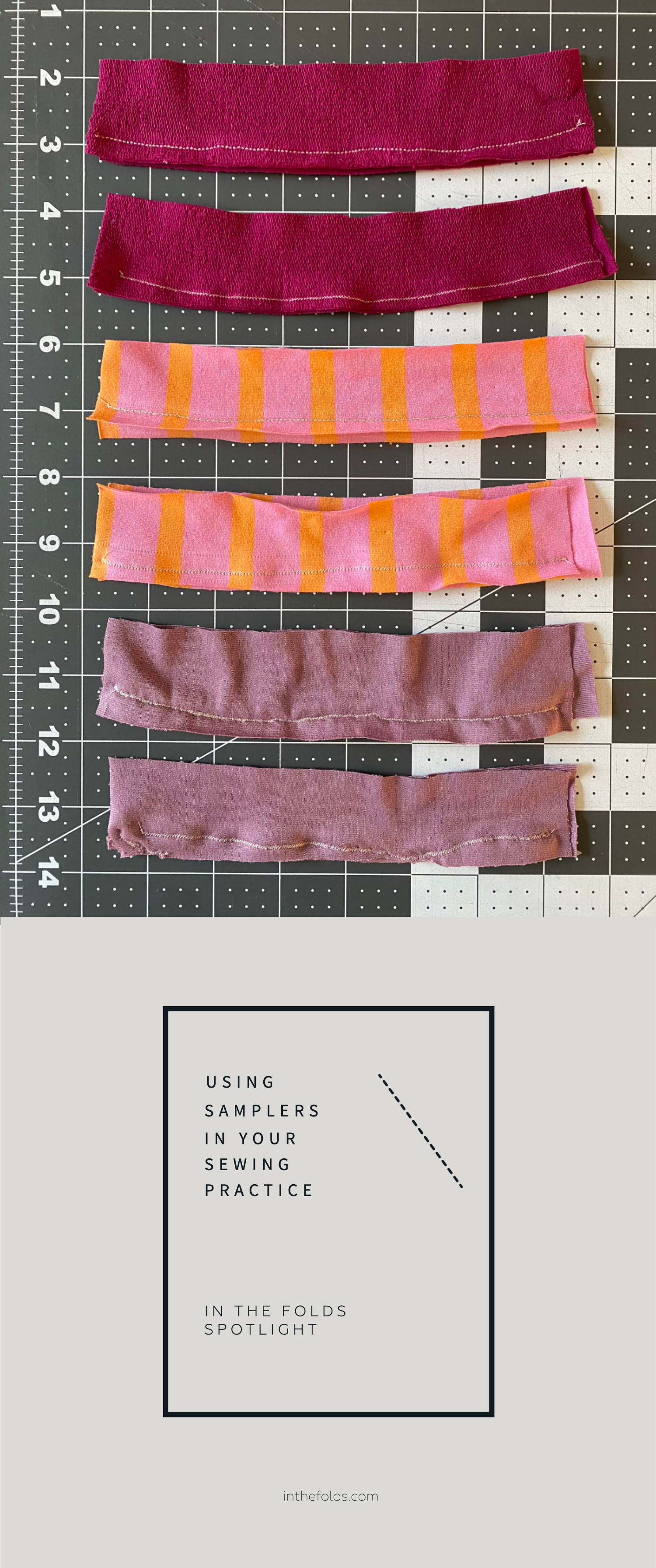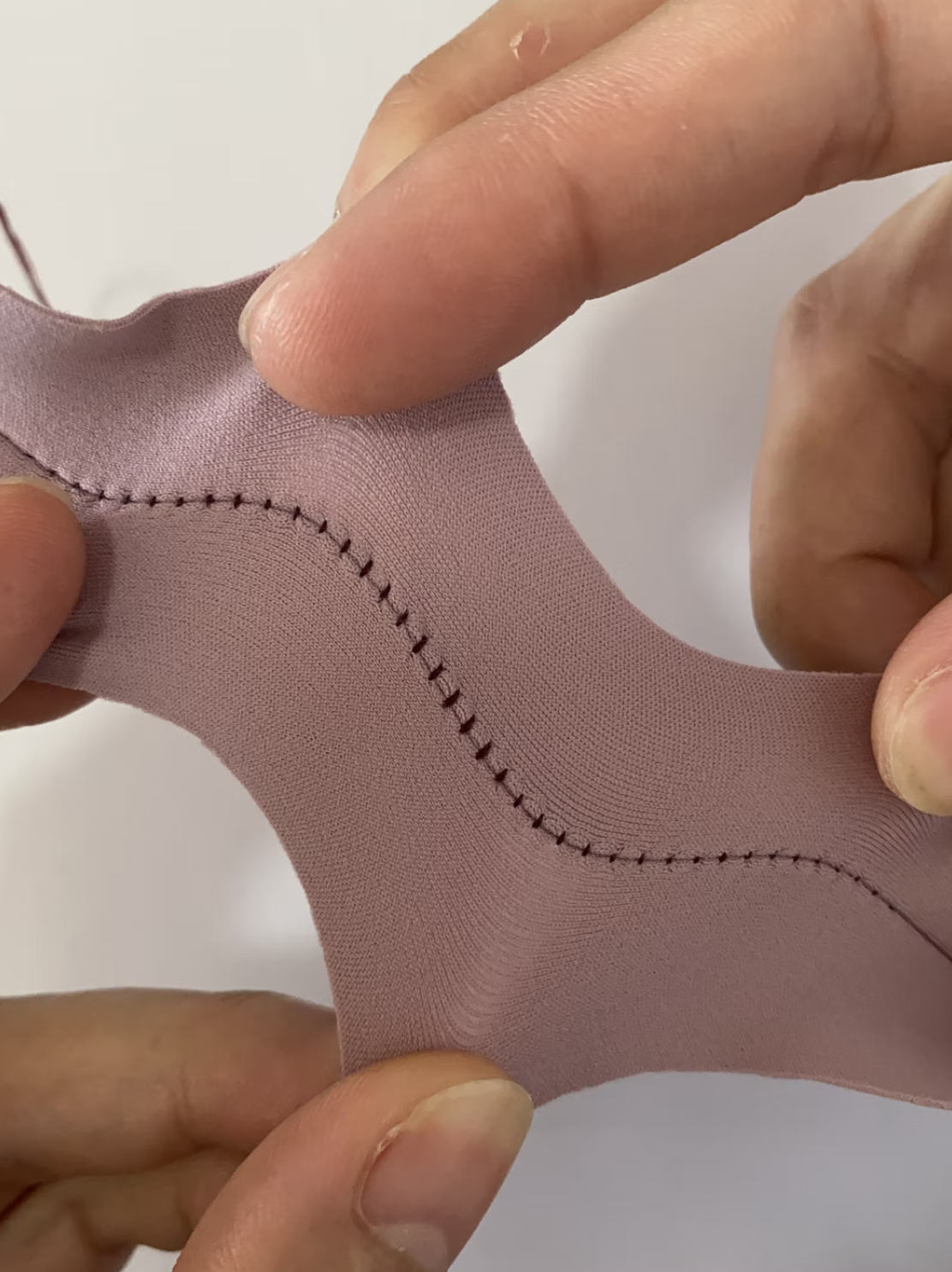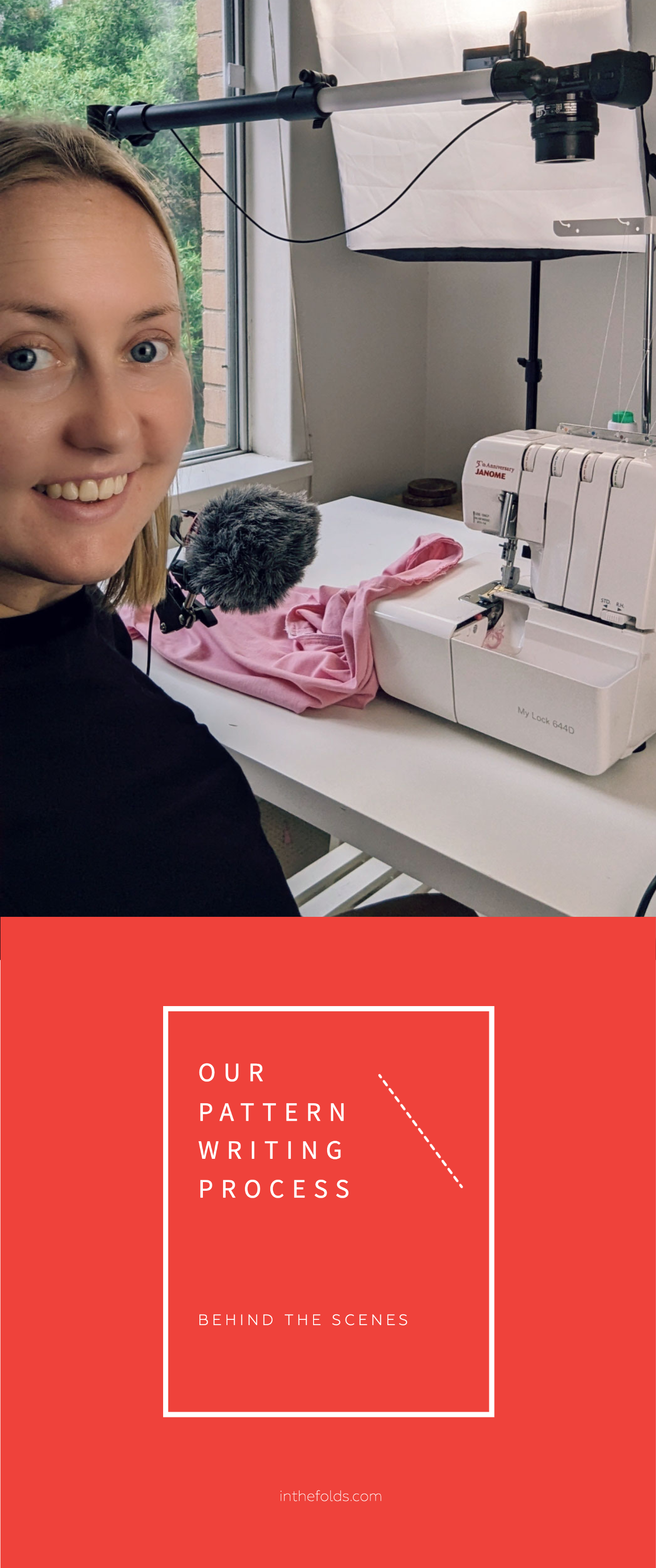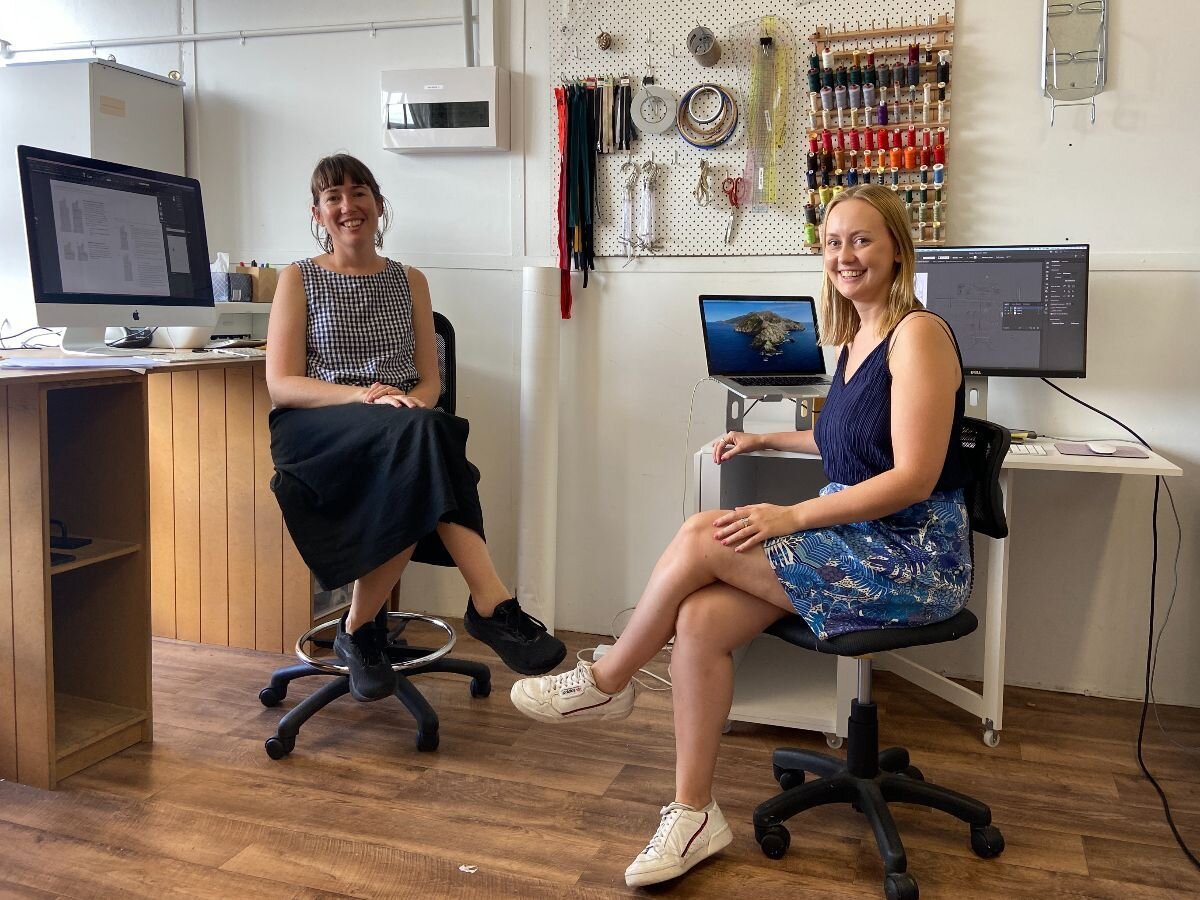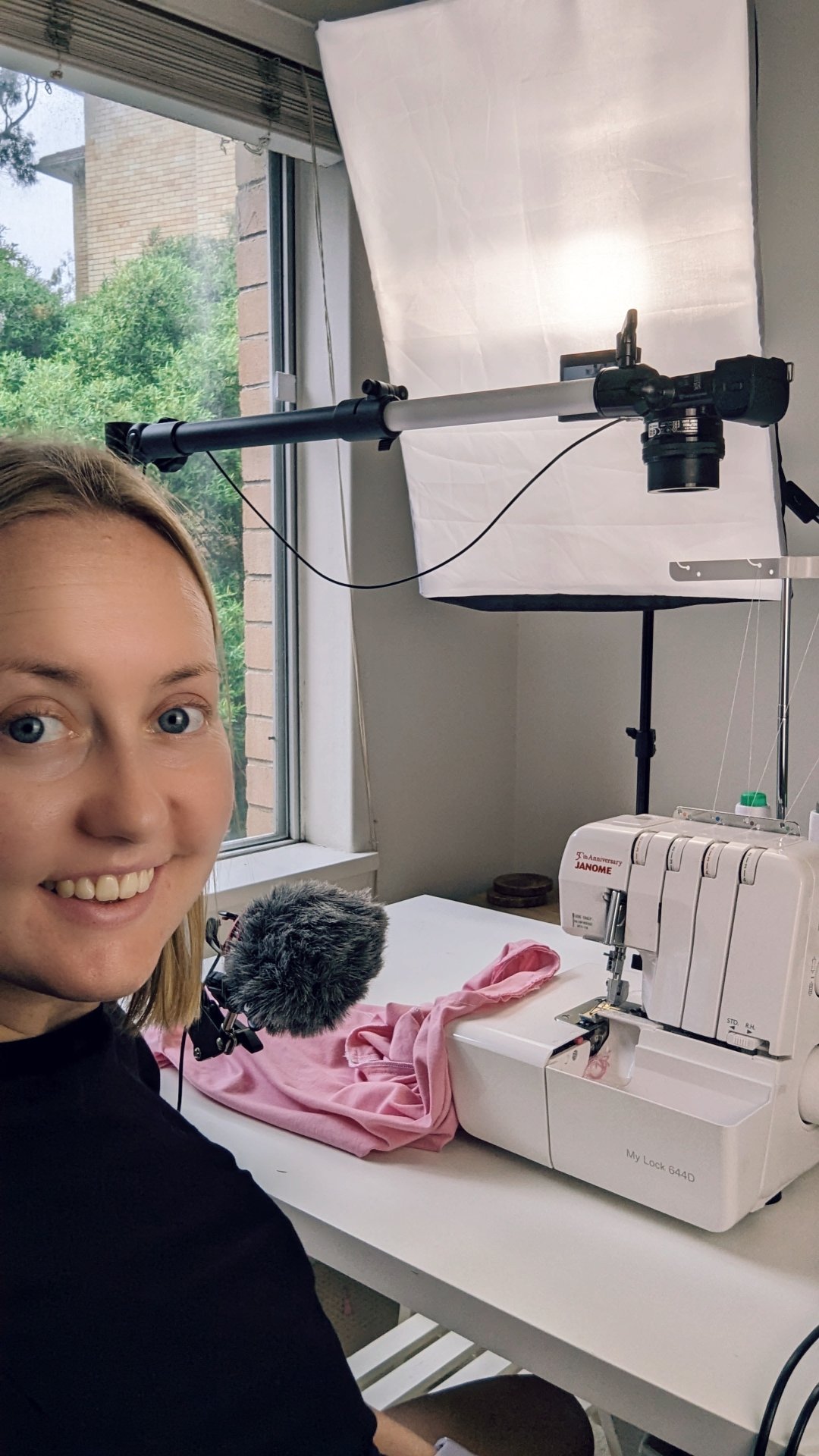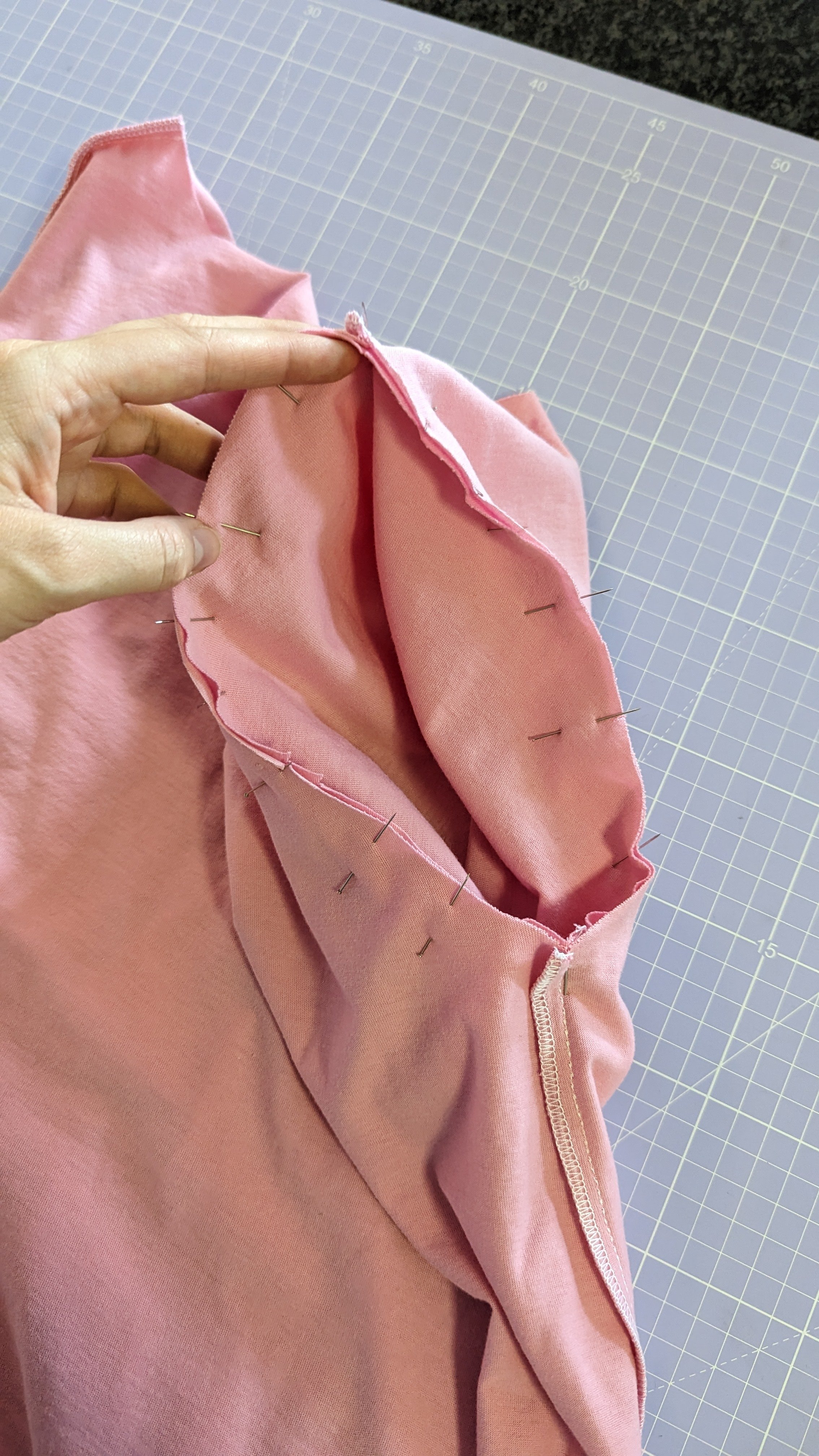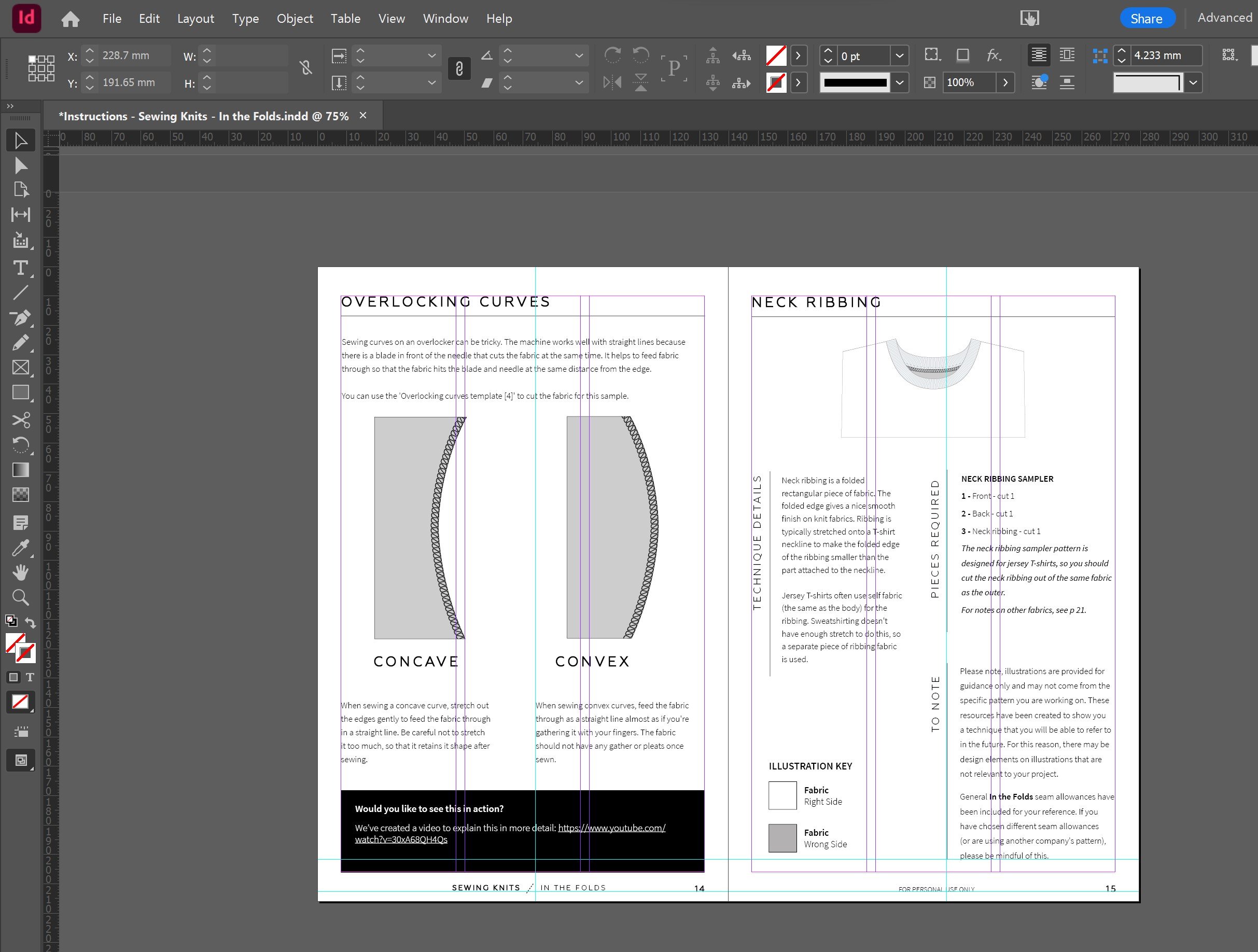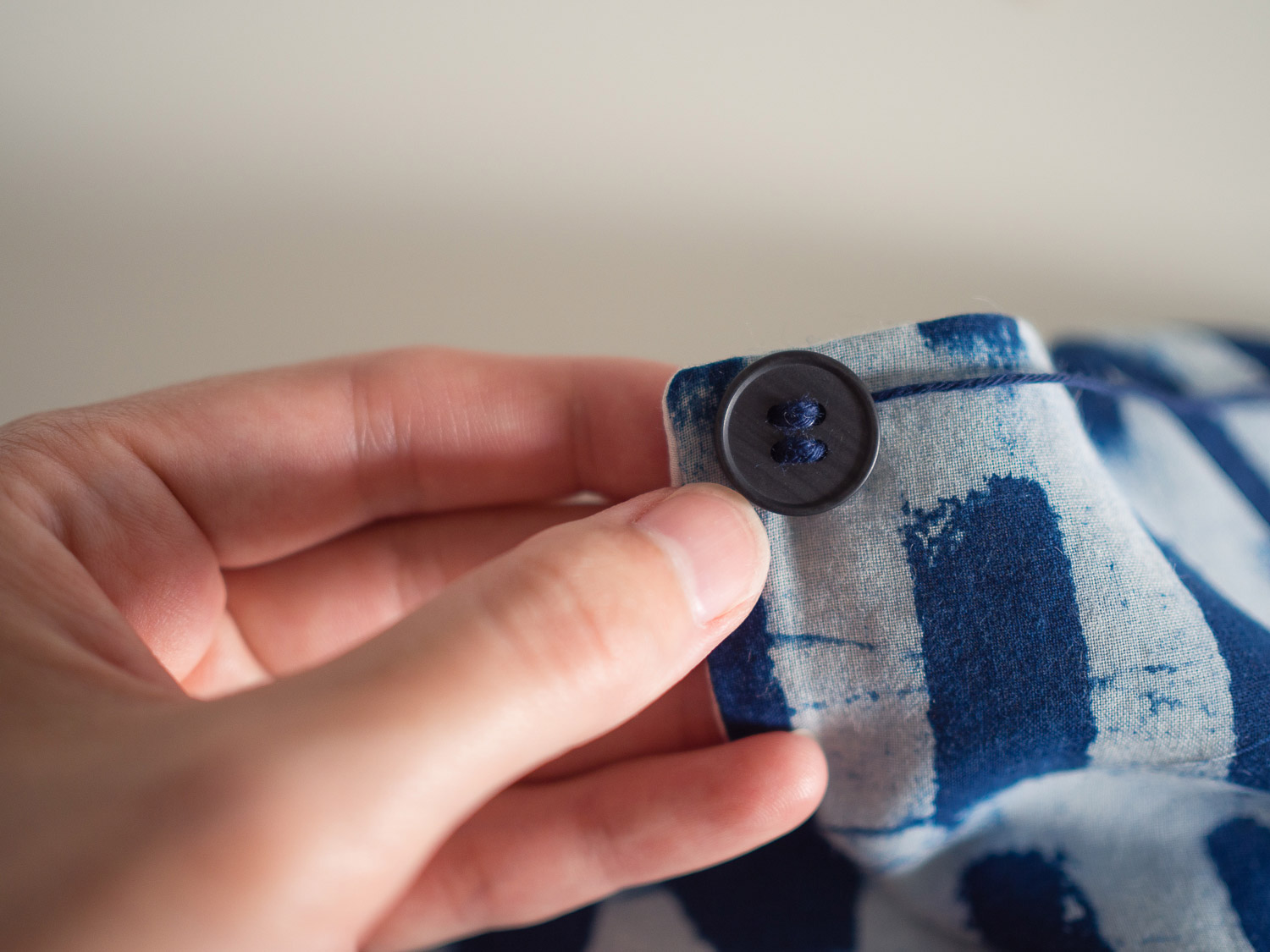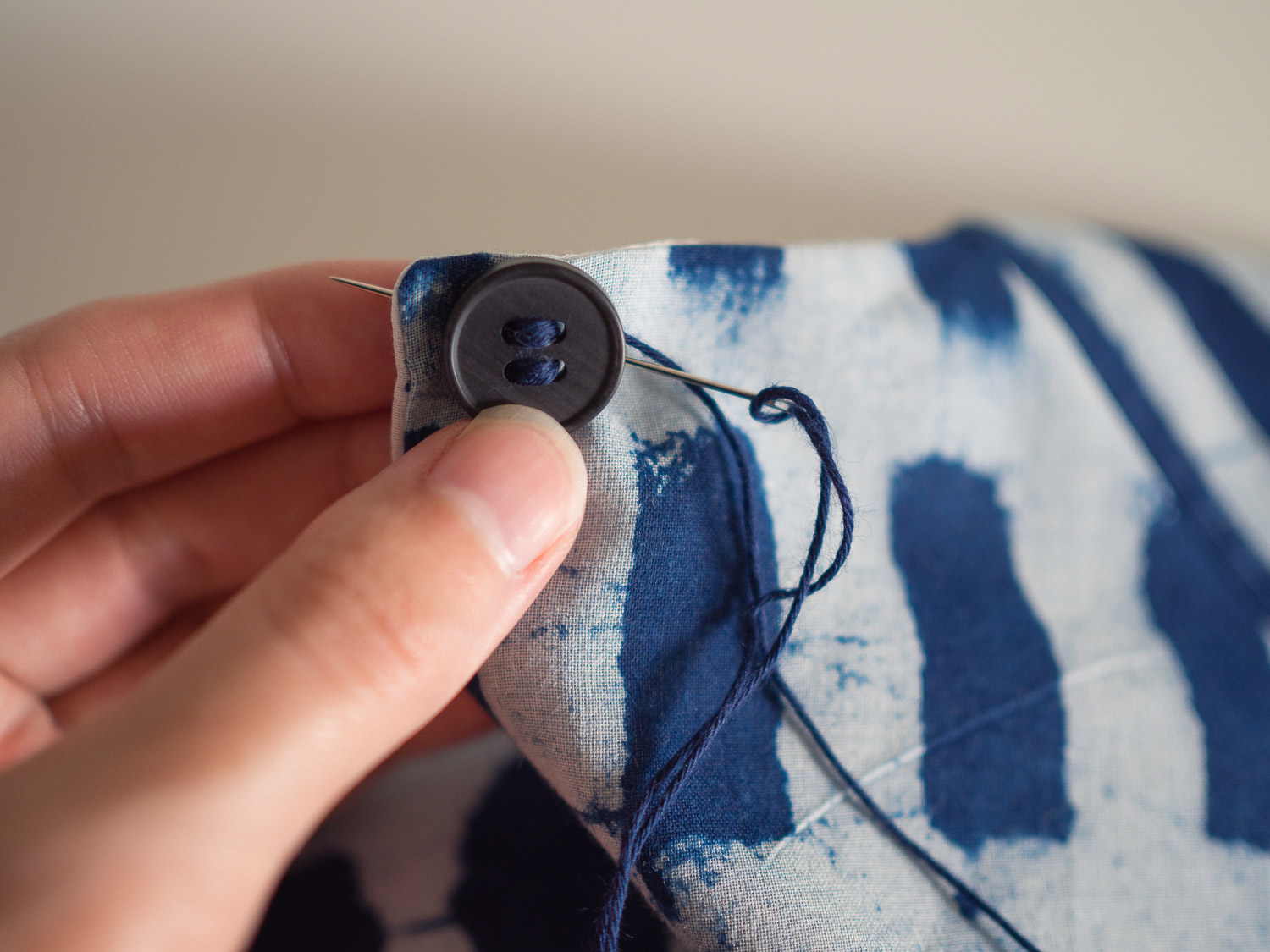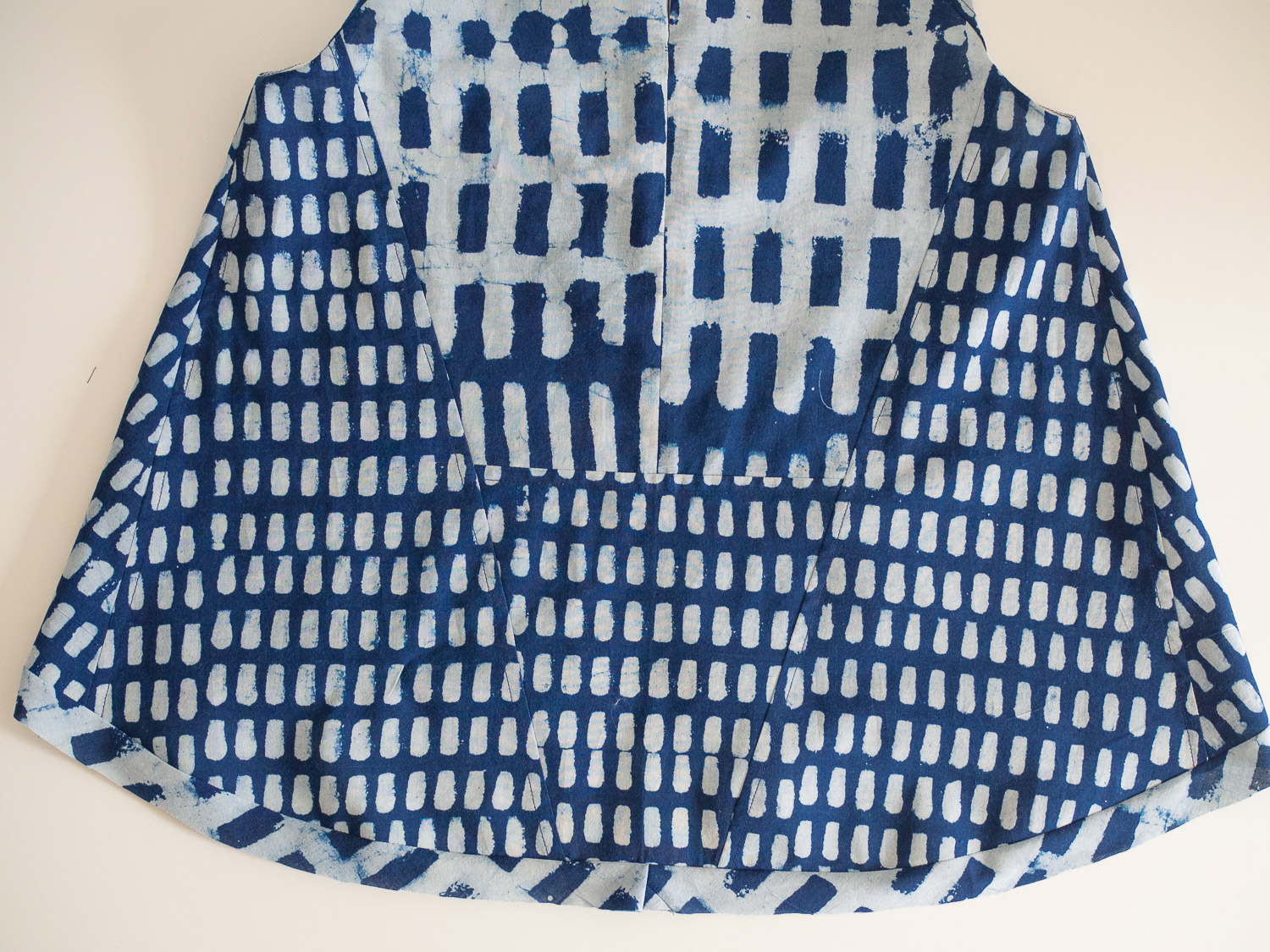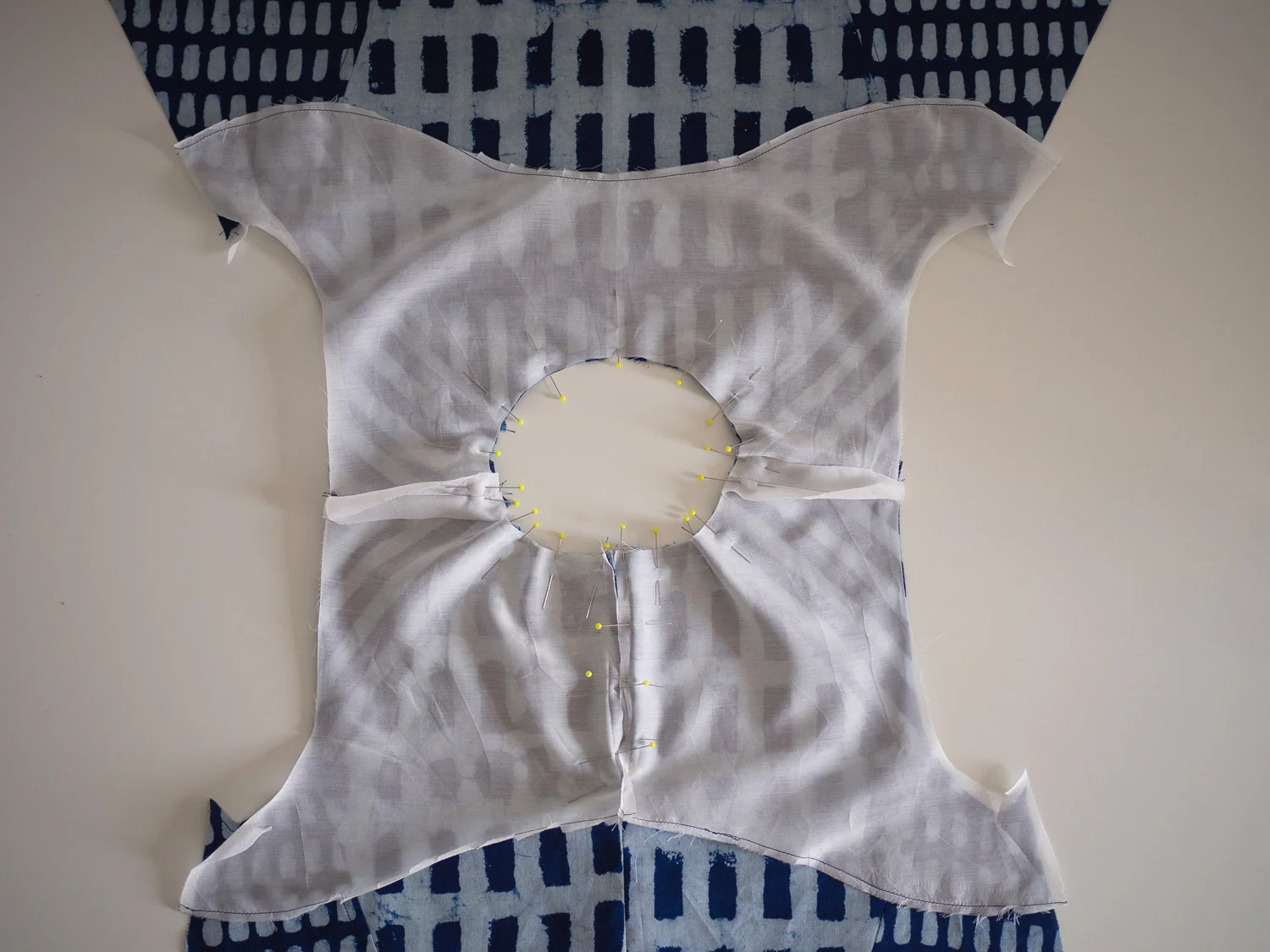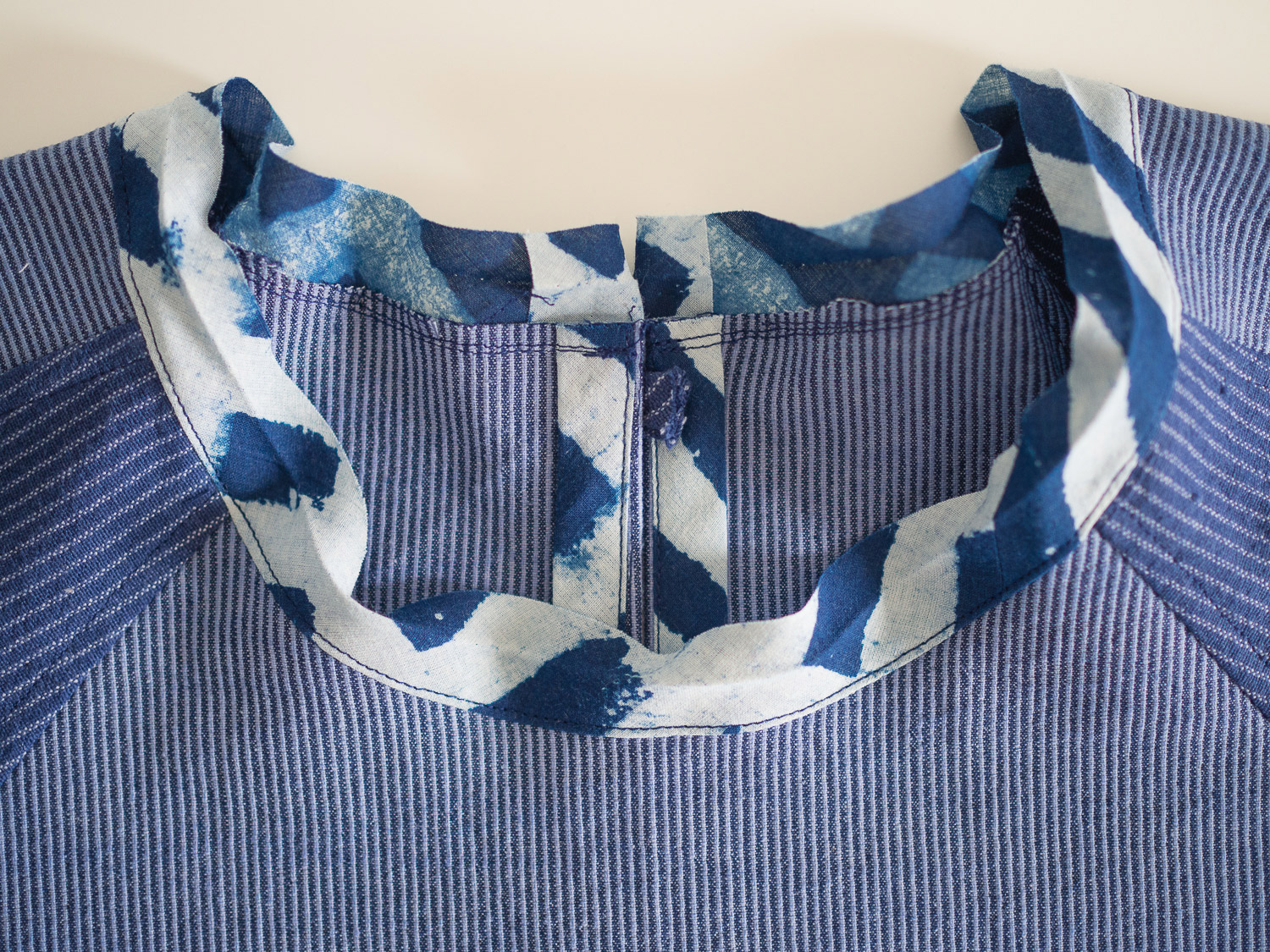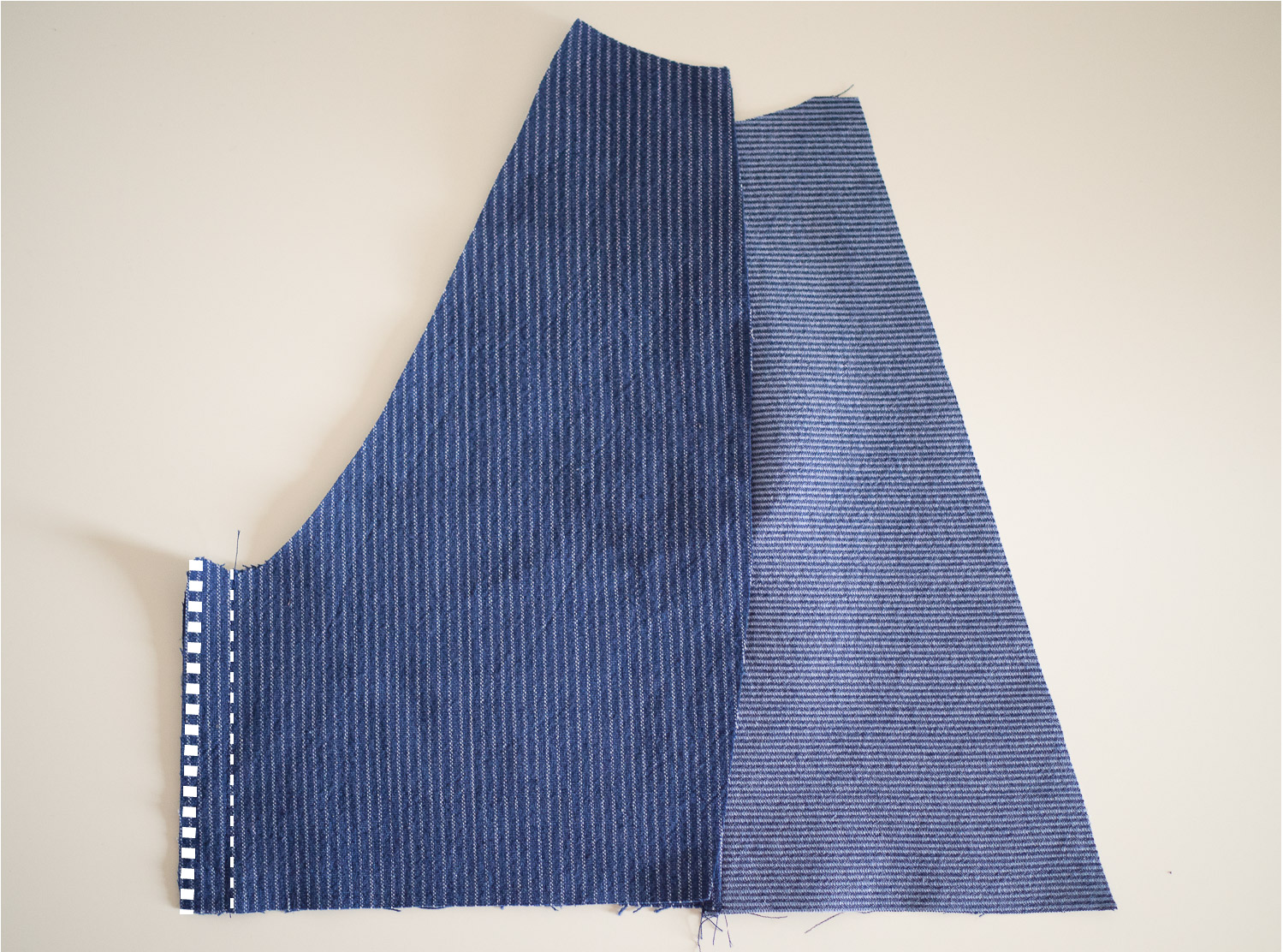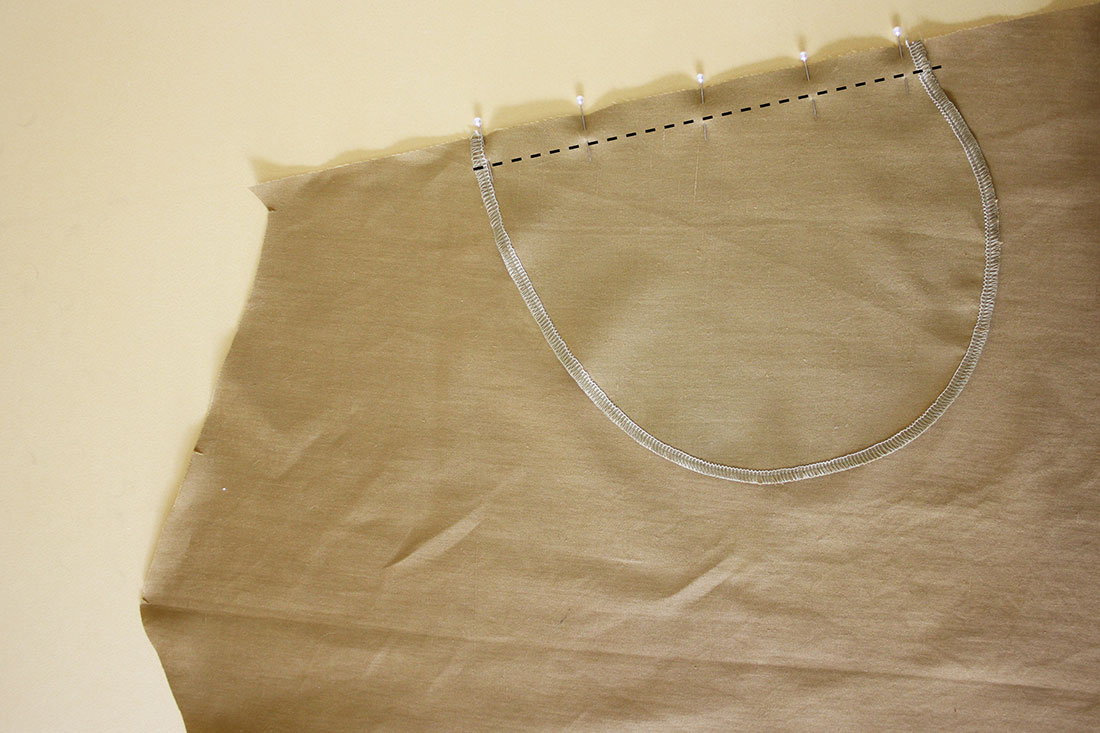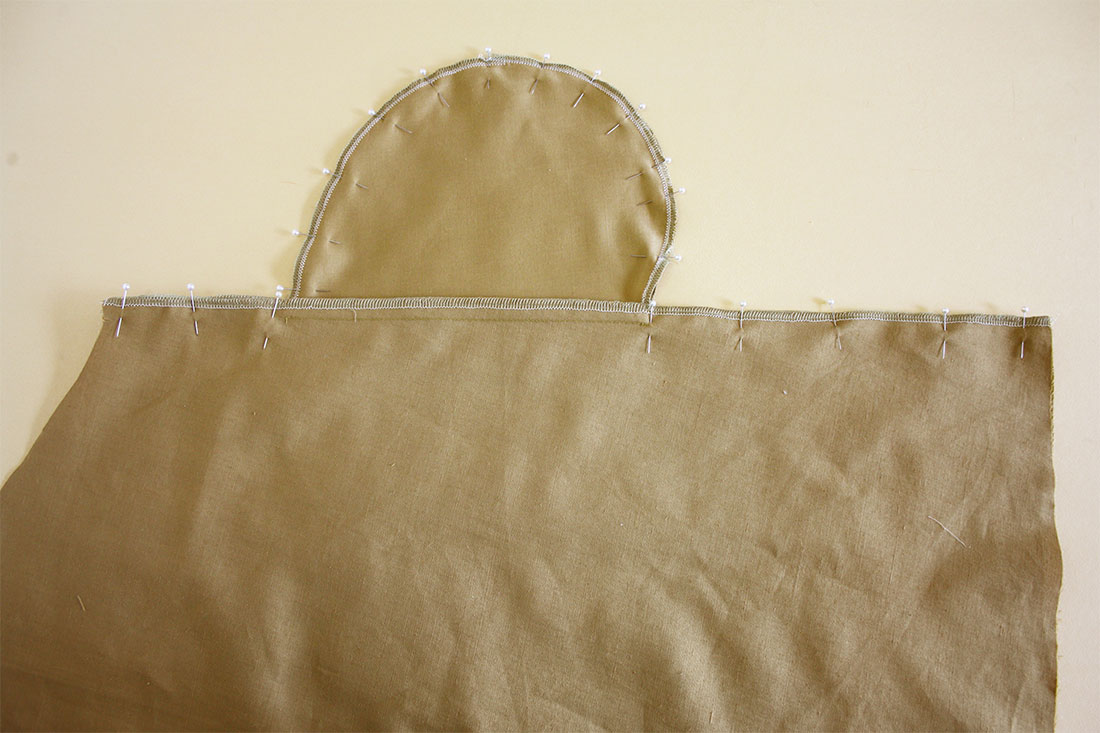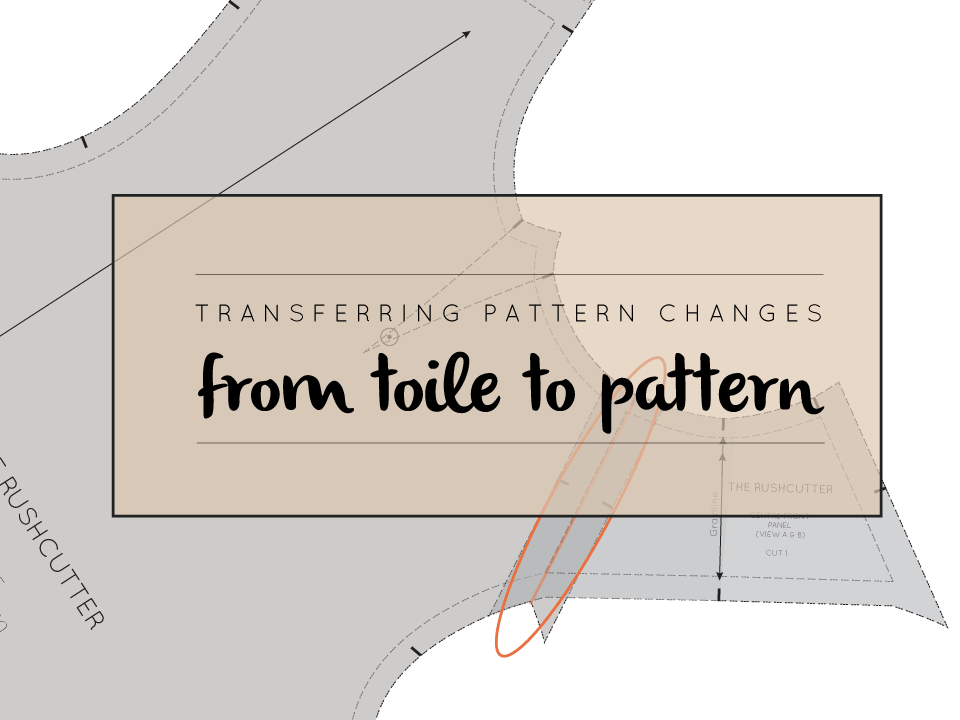In preparation for this month’s Curated by ITF project, the Sewing Mindset Journal, I was reflecting on my creativity in 2024. As I thought about it, my initial response was to cringe and question what I had even sewn this past year. My head began to take me down a track of self-judging and disappointment because my creative output felt a long way off where I’d like it to be. As the owner of a creative business it can be easy to set unrealistically high expectations for myself, especially if I start to compare myself to other creatives.
Thankfully, I was able to quickly stop myself from heading down this track too far. And I realised that, in fact, 2024 was a pretty productive year! Especially considering I have a busy 2 year old in tow, I had to navigate an unexpected studio move and am now only working part-time.
Now, as I look back over the projects we have released to our Curated community since January last year, all I feel is pride. Somehow, a condensed working schedule and being able to find my creative flow quickly has allowed me to hone in on what my work is truly about - interesting, thoughtful and wearable patterns for modern makers.
What is creative flow?
The Cambridge dictionary defines flow as a pleasant state in which someone is giving their attention completely to what they are doing, not thinking about anything else, and doing it skilfully and easily.
What does creative flow mean?
To me, creative flow is that feeling of inertia when everything just comes easily and naturally. It’s when I forget to look at the time or check my phone and just fall into the process of making.
It’s when I don’t think too much about the finished product, but instead focus on the step that is right in front of me and trust that my hands will know what to do.
It’s when I remember why I have been sewing and creating since I was a child and why sewing and patternmaking became my career. It’s when I feel like I could never have done anything else.
How finding your flow can improve your productivity
If, like me, you have looked back at your creativity levels in 2024 and felt a little flat, it may be helpful to spend some time considering what you can do to help you enter a state of creative flow.
However, while finding your creative flow can be really helpful for increasing creative productivity, I don’t think that should be the focus. Instead, I think the benefits will be found in focusing on how you feel as a result of finding that flow - the emotional well-being that it creates within you. And if you happen to be more productive as a result, then that’s just an added bonus!
Tips for getting into a creative flow from some In the Folds team members
Emily
1. Making without a deadline. The stress of a deadline can either make or break your flow. I’ve learned that when I have time to just create something without a deadline breathing down my neck, I have more chances of getting into the sweet flow state.
2. Having an organised space. Just being able to move between processes easily without thinking
increases the chances that I’ll sink into that feeling - not having to think about where my tools are or
worrying about tripping over a pile of stuff or an extension cord!
3. Listening to an engaging podcast often gets me into a state of flow. Enough of my brainspace gets used by paying attention to what I’m listening to, so I can just let my hands do what they naturally want to do. If I'm trying something tricky or for the first time, a music playlist without lyrics (like Deep Focus) works better.
Xanthe
As a working mum of four, getting into a state of creative flow is most definitely linked to balance.
I find that if my priorities are out of balance, it can be very hard to enter a state of flow. If I’m trying to
be creative, but I know I really should be doing something else, then it’s almost impossible to find flow because of the guilt I feel about not doing ‘that other thing’. Interestingly, I probably don’t enjoy the creative time as much either! Some things that help:
Setting time aside that’s specifically set aside for creativity
As someone who really struggles with a blank canvas, having some kind of constraint can also be helpful for finding creative flow.
I love a hard deadline. It gets my creative juices flowing because I simply have no choice!
Alys
Bouncing an idea around, finding inspiration and playing with new possibilities gets me super excited about how to put it into action. This excitement and energy kick-starts my flow state, wanting to make that idea a reality!
Now, over to you…
What does the creative flow mean to you?
What helps you get into a state of flow?
How can you intentionally create more of these moments?
We’d love you to share your thoughts in the comments on this post!
And if they’re making you think more about your sewing process and you’d like to dive a little deeper, here’s a page from our Sewing Mindset Journal for you to download. The Journal is a great resource to help you prep for the year ahead. It’s designed to support your sewing journey and help you develop a positive and productive mindset towards your creative practice through various exercises, prompts, and reflections that encourage you to explore your motivations, set goals, and overcome challenges.
Happy sewing!
Emily





